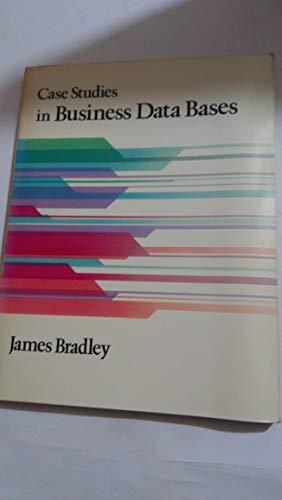Question
Assume that you have just built a B+-tree index using Alternative (2) on a Heap file containing 40,000 records. That is, the actual records are
Assume that you have just built a B+-tree index using Alternative (2) on a Heap file containing 40,000 records. That is, the actual records are stored in another file outside the index that has no particular order since it is a Heap file. Also, Alternative (2) means that we have one data entry at the leaf nodes of the B+-tree for every record. The search key field for this B+-tree index is a 40-byte string, and it is a candidate key (therefore unique). Pointers (i.e., record ids and page ids) are 10-byte values. The size of one disk page is 1000 bytes. The index T was built in a bottom-up fashion using the bulk-loading algorithm, and the nodes at each level were filled up as much as possible.
Assume that each record is 100 bytes and is stored in the Heap file with disk pages of 1000 bytes each. All nodes are filled up as much as possible. Consider now a range query that uses this tree and has selectivity (reduction factor) 1% (i.e., 0.01). How many I/Os you need to perform in order to retrieve all the records that satisfy the range query using this tree? Explain.
Step by Step Solution
There are 3 Steps involved in it
Step: 1

Get Instant Access to Expert-Tailored Solutions
See step-by-step solutions with expert insights and AI powered tools for academic success
Step: 2

Step: 3

Ace Your Homework with AI
Get the answers you need in no time with our AI-driven, step-by-step assistance
Get Started


